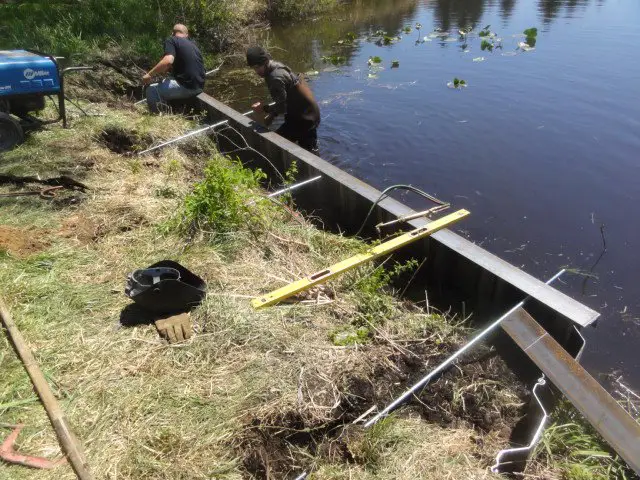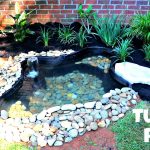How to Build a Seawall on a Pond
If you have a pond on your property, you may be considering building a seawall to prevent erosion and protect the shoreline. A seawall can help to stabilize the land around the pond, reduce the impact of waves, and provide a visually appealing addition to the landscape. In this article, we will discuss the steps involved in building a seawall on a pond, including planning, materials, construction, and maintenance.
Planning and Preparation
Before you begin construction on a seawall, it’s important to carefully plan and prepare the site. Start by determining the location and dimensions of the seawall. Consider factors such as the slope of the shoreline, the depth of the water, and the type of soil present. You will also need to check local regulations and obtain any necessary permits for the construction of a seawall.
Once you have a clear plan in place, you can begin gathering the materials and equipment you will need for the project. Common materials for seawall construction include timber, steel sheet piling, concrete, and natural stone. The choice of material will depend on factors such as cost, durability, and the overall aesthetic you are trying to achieve.
Construction Process
The construction of a seawall typically involves several key steps. Here’s a general outline of the process:
1. Clear the Site: Start by clearing the area where the seawall will be built. Remove any vegetation, rocks, or debris from the shoreline.
2. Excavation: Depending on the design of the seawall, you may need to excavate the shoreline to create a level base for the wall. This will help to ensure stability and proper drainage.
3. Installation of Support Posts: If you are using timber or steel sheet piling, you will need to install support posts along the shoreline. These posts will help to anchor the seawall and provide stability.
4. Placement of Materials: Once the support posts are in place, you can begin placing the chosen materials for the seawall. If you are using timber, you will need to stack the timbers and secure them with rebar or other fasteners. If using steel sheet piling, the sheets will be driven into the ground to create a barrier against erosion.
5. Backfilling: After the seawall materials are in place, you will need to backfill the area behind the wall with soil or gravel. This will help to provide additional stability and prevent erosion.
6. Finishing Touches: Once the seawall is in place, you can add finishing touches such as landscaping, drainage features, and any additional aesthetic elements you desire.
Maintenance
Once your seawall is in place, it’s important to establish a regular maintenance routine to ensure its longevity and effectiveness. Regular inspections should be conducted to check for signs of erosion, damage, or shifting. Any necessary repairs or adjustments should be made promptly to prevent further issues.
In addition to inspections, it’s important to monitor the drainage around the seawall to prevent water from pooling behind it. Proper drainage will help to prevent erosion and preserve the integrity of the seawall over time.
Conclusion
Building a seawall on a pond can be a challenging but rewarding project. With careful planning, the right materials, and proper construction techniques, you can create a seawall that protects your shoreline and enhances the beauty of your property. By following the steps outlined in this article and staying on top of maintenance, you can enjoy the benefits of a well-built seawall for years to come.





